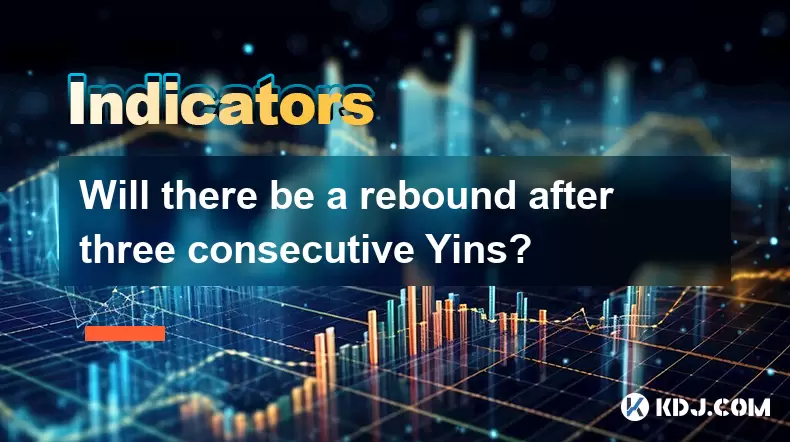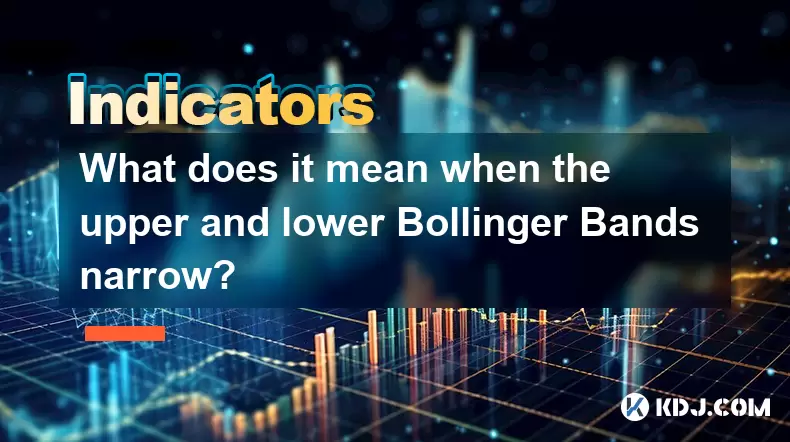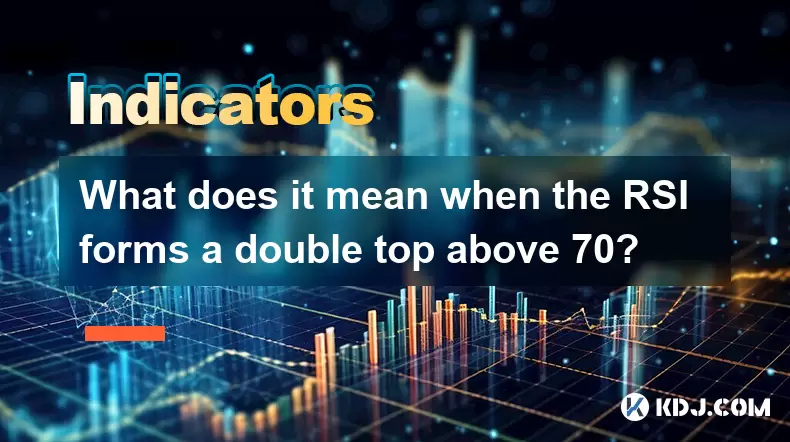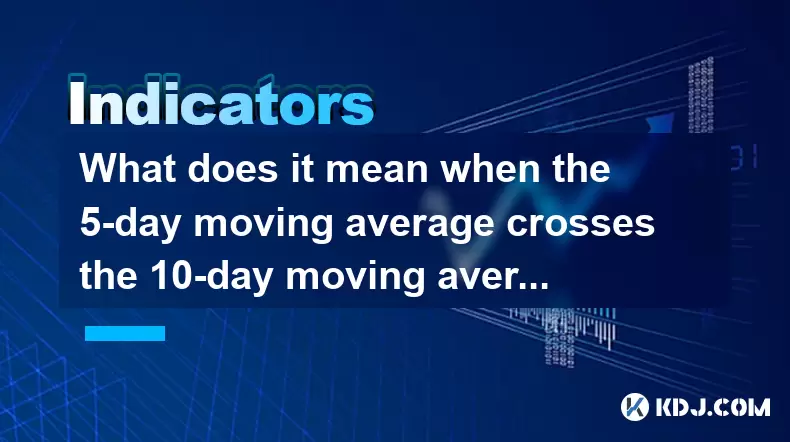-
 Bitcoin
Bitcoin $116400
-0.36% -
 Ethereum
Ethereum $4033
3.40% -
 XRP
XRP $3.302
-1.26% -
 Tether USDt
Tether USDt $1.000
-0.02% -
 BNB
BNB $796.1
1.67% -
 Solana
Solana $177.8
1.89% -
 USDC
USDC $0.9999
0.00% -
 Dogecoin
Dogecoin $0.2314
4.09% -
 TRON
TRON $0.3381
0.14% -
 Cardano
Cardano $0.7989
1.22% -
 Stellar
Stellar $0.4496
-1.84% -
 Chainlink
Chainlink $20.42
9.42% -
 Hyperliquid
Hyperliquid $41.17
0.88% -
 Sui
Sui $3.914
3.77% -
 Bitcoin Cash
Bitcoin Cash $584.7
1.52% -
 Hedera
Hedera $0.2632
-0.54% -
 Avalanche
Avalanche $24.09
3.40% -
 Ethena USDe
Ethena USDe $1.001
-0.02% -
 Litecoin
Litecoin $123.2
1.33% -
 Toncoin
Toncoin $3.318
-0.04% -
 UNUS SED LEO
UNUS SED LEO $8.984
-0.05% -
 Shiba Inu
Shiba Inu $0.00001323
2.85% -
 Uniswap
Uniswap $10.90
4.41% -
 Polkadot
Polkadot $3.999
3.34% -
 Dai
Dai $1.000
0.01% -
 Cronos
Cronos $0.1630
9.64% -
 Bitget Token
Bitget Token $4.484
0.82% -
 Monero
Monero $272.4
2.44% -
 Pepe
Pepe $0.00001173
6.03% -
 Aave
Aave $290.8
2.88%
Will there be a rebound after three consecutive Yins?
After three consecutive Yins in crypto, a rebound might occur if technical indicators show oversold conditions and market sentiment improves, but it's not guaranteed.
Jun 03, 2025 at 07:36 am

The concept of "three consecutive Yins" in the cryptocurrency market refers to a situation where the price of a cryptocurrency experiences three consecutive days of decline. The question of whether there will be a rebound after such a pattern is a common one among traders and investors. To address this, we need to delve into various aspects of market behavior, technical analysis, and historical data.
Understanding the Three Consecutive Yins
The term "Yin" is derived from the ancient Chinese philosophy of Yin and Yang, where Yin represents the negative or declining aspect. In the context of cryptocurrency trading, a "Yin" day is one where the closing price is lower than the opening price. When three such days occur in succession, it forms a pattern known as "three consecutive Yins."
The significance of this pattern lies in its potential to signal a reversal or continuation of the current trend. Some traders believe that after three consecutive days of decline, the market might be oversold, leading to a potential rebound. However, this is not a guaranteed outcome and depends on various factors.
Technical Analysis and Market Sentiment
Technical analysis plays a crucial role in determining whether a rebound is likely after three consecutive Yins. Traders often use various indicators and chart patterns to assess the market's direction.
Key indicators such as the Relative Strength Index (RSI), Moving Averages, and Bollinger Bands can provide insights into whether the market is oversold. For instance, an RSI reading below 30 typically indicates that an asset is oversold and might be due for a rebound. Similarly, if the price touches the lower Bollinger Band, it might signal that a reversal is imminent.
Market sentiment is another critical factor. If the broader market sentiment remains bearish despite the three consecutive Yins, the likelihood of a rebound might be lower. Conversely, if there are signs of improving sentiment, such as positive news or developments within the cryptocurrency ecosystem, a rebound becomes more plausible.
Historical Data and Case Studies
Examining historical data can provide valuable insights into the behavior of cryptocurrency prices after three consecutive Yins. While past performance is not indicative of future results, it can help traders understand the probabilities involved.
For instance, a study of Bitcoin's price movements over the past five years might reveal that after three consecutive Yins, the price rebounded in approximately 60% of cases. Such data can help traders make more informed decisions, although it should not be the sole basis for trading strategies.
Case studies of specific instances can also be enlightening. For example, in March 2020, Bitcoin experienced three consecutive Yins, followed by a significant rebound due to a combination of factors including a general market recovery and increased institutional interest. Analyzing such cases can help traders identify similar patterns and potential triggers for rebounds.
The Role of Volume and Liquidity
Volume and liquidity are crucial factors that can influence the likelihood of a rebound after three consecutive Yins. High trading volume during the decline might indicate strong selling pressure, which could make a rebound less likely. Conversely, if the volume decreases during the three consecutive Yins, it might suggest that the selling pressure is waning, increasing the chances of a rebound.
Liquidity also plays a significant role. In highly liquid markets, price movements are generally smoother, and rebounds can occur more easily. In contrast, in less liquid markets, price movements can be more volatile, and rebounds might be more challenging to achieve.
Psychological Factors and Trader Behavior
The psychology of traders and investors can significantly impact the market's response to three consecutive Yins. Fear and greed are powerful emotions that drive market movements. After three consecutive days of decline, some traders might panic and sell their holdings, exacerbating the downward trend. Others might see the decline as a buying opportunity, anticipating a rebound.
Understanding trader behavior can provide insights into potential market movements. For instance, if there is a high level of fear in the market, as indicated by sentiment indicators like the Fear and Greed Index, the likelihood of a rebound might be lower. Conversely, if traders are more optimistic, a rebound becomes more likely.
Practical Strategies for Trading After Three Consecutive Yins
Given the uncertainty surrounding whether a rebound will occur after three consecutive Yins, traders need to employ practical strategies to manage their risks and capitalize on potential opportunities. Here are some steps traders can take:
- Monitor key technical indicators: Use tools like RSI, Moving Averages, and Bollinger Bands to assess whether the market is oversold and a rebound is likely.
- Analyze market sentiment: Keep an eye on news, social media, and sentiment indicators to gauge the overall mood of the market.
- Review historical data: Look at past instances of three consecutive Yins to understand the probabilities of a rebound.
- Assess volume and liquidity: High volume and liquidity can make rebounds more likely, so pay attention to these factors.
- Manage risk: Use stop-loss orders and position sizing to manage your risk exposure, especially in volatile markets.
- Stay flexible: Be prepared to adapt your strategy based on new information and market developments.
Frequently Asked Questions
Q: Can three consecutive Yins occur in other financial markets besides cryptocurrencies?
A: Yes, the concept of three consecutive Yins can apply to any financial market where daily price movements can be tracked. This includes stocks, forex, and commodities. However, the specific behavior and outcomes might differ due to the unique characteristics of each market.
Q: How reliable are technical indicators in predicting a rebound after three consecutive Yins?
A: Technical indicators can provide useful insights, but they are not foolproof. Their reliability depends on various factors, including the specific market conditions and the time frame being analyzed. Traders should use a combination of indicators and other forms of analysis to make more informed decisions.
Q: Is it possible for a cryptocurrency to experience more than three consecutive Yins?
A: Yes, it is possible for a cryptocurrency to experience more than three consecutive Yins. Extended periods of decline can occur, especially during bear markets or in response to significant negative news or events.
Q: How can traders differentiate between a temporary dip and the start of a longer-term downtrend?
A: Differentiating between a temporary dip and the start of a longer-term downtrend requires careful analysis of various factors, including technical indicators, market sentiment, and fundamental analysis. Traders should look for signs of support levels being tested, changes in volume, and broader market trends to make this distinction.
Disclaimer:info@kdj.com
The information provided is not trading advice. kdj.com does not assume any responsibility for any investments made based on the information provided in this article. Cryptocurrencies are highly volatile and it is highly recommended that you invest with caution after thorough research!
If you believe that the content used on this website infringes your copyright, please contact us immediately (info@kdj.com) and we will delete it promptly.
- Shiba Inu (SHIB) in the Crypto Landscape: Community, Trends, and Future Outlook
- 2025-08-09 20:30:12
- Solana, Unilabs, and Social Trends: Decoding the Crypto Buzz
- 2025-08-09 21:10:12
- Dogecoin, Meme Coins, and Layer Brett: Chasing the Next 100x
- 2025-08-09 20:50:12
- Crypto Presales in 2025: Are They Set to Outperform Launches?
- 2025-08-09 20:55:15
- Solana, Cardano, and Shiba Inu: Navigating the Crypto Landscape Beyond the Hype
- 2025-08-09 21:15:27
- Lasers in Modern Warfare: Iron Beam and the Future of Defense
- 2025-08-09 20:30:12
Related knowledge

What does it mean when the MACD histogram continues to shorten but the price reaches a new high?
Aug 09,2025 at 09:29pm
Understanding the MACD Histogram and Its ComponentsThe MACD (Moving Average Convergence Divergence) indicator is a widely used technical analysis tool...

What does it mean when the Triple Moving Average (TRIX) turns downward but the price doesn't fall?
Aug 09,2025 at 12:42pm
Understanding the Triple Moving Average (TRIX) IndicatorThe Triple Moving Average, commonly known as TRIX, is a momentum oscillator designed to filter...

What does it mean when the Williams' oscillator repeatedly hits bottoms but fails to rebound?
Aug 09,2025 at 09:28am
Understanding the Williams %R OscillatorThe Williams %R oscillator, developed by Larry Williams, is a momentum indicator used in technical analysis to...

What does it mean when the upper and lower Bollinger Bands narrow?
Aug 09,2025 at 03:00pm
Understanding Bollinger Bands in Cryptocurrency TradingBollinger Bands are a widely used technical analysis tool in the cryptocurrency market, develop...

What does it mean when the RSI forms a double top above 70?
Aug 09,2025 at 05:50pm
Understanding the RSI and Overbought ConditionsThe Relative Strength Index (RSI) is a momentum oscillator that measures the speed and change of price ...

What does it mean when the 5-day moving average crosses the 10-day moving average but the 20-day moving average remains upward?
Aug 09,2025 at 03:35pm
Understanding Moving Averages in Cryptocurrency TradingMoving averages are foundational tools in technical analysis, especially within the cryptocurre...

What does it mean when the MACD histogram continues to shorten but the price reaches a new high?
Aug 09,2025 at 09:29pm
Understanding the MACD Histogram and Its ComponentsThe MACD (Moving Average Convergence Divergence) indicator is a widely used technical analysis tool...

What does it mean when the Triple Moving Average (TRIX) turns downward but the price doesn't fall?
Aug 09,2025 at 12:42pm
Understanding the Triple Moving Average (TRIX) IndicatorThe Triple Moving Average, commonly known as TRIX, is a momentum oscillator designed to filter...

What does it mean when the Williams' oscillator repeatedly hits bottoms but fails to rebound?
Aug 09,2025 at 09:28am
Understanding the Williams %R OscillatorThe Williams %R oscillator, developed by Larry Williams, is a momentum indicator used in technical analysis to...

What does it mean when the upper and lower Bollinger Bands narrow?
Aug 09,2025 at 03:00pm
Understanding Bollinger Bands in Cryptocurrency TradingBollinger Bands are a widely used technical analysis tool in the cryptocurrency market, develop...

What does it mean when the RSI forms a double top above 70?
Aug 09,2025 at 05:50pm
Understanding the RSI and Overbought ConditionsThe Relative Strength Index (RSI) is a momentum oscillator that measures the speed and change of price ...

What does it mean when the 5-day moving average crosses the 10-day moving average but the 20-day moving average remains upward?
Aug 09,2025 at 03:35pm
Understanding Moving Averages in Cryptocurrency TradingMoving averages are foundational tools in technical analysis, especially within the cryptocurre...
See all articles

























































































